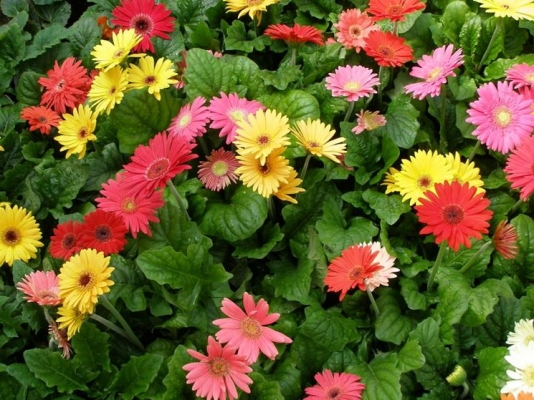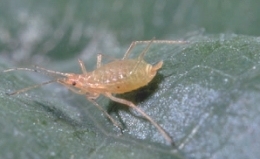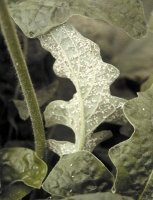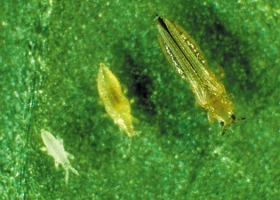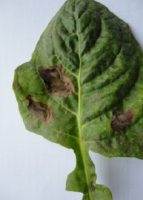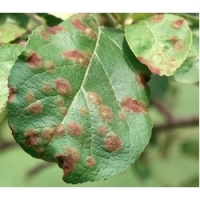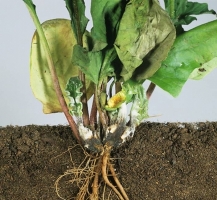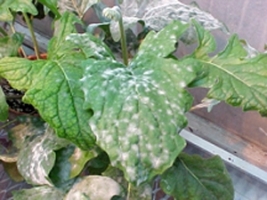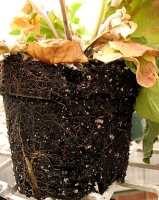General Information
Gerbera is also known as “Transwal Daisy” or “African Daisy”. It is an ornamental flowering plant. It belongs to compositae family. Maharashtra, Uttaranchal, Arunachal Pradesh, Punjab, Uttar Pradesh, West Bengal, Orissa, Karnataka and Gujarat are the major Gerbera cut flowers growing states in India. In Punjab, gerbera farming is mainly done in polyhouse.

